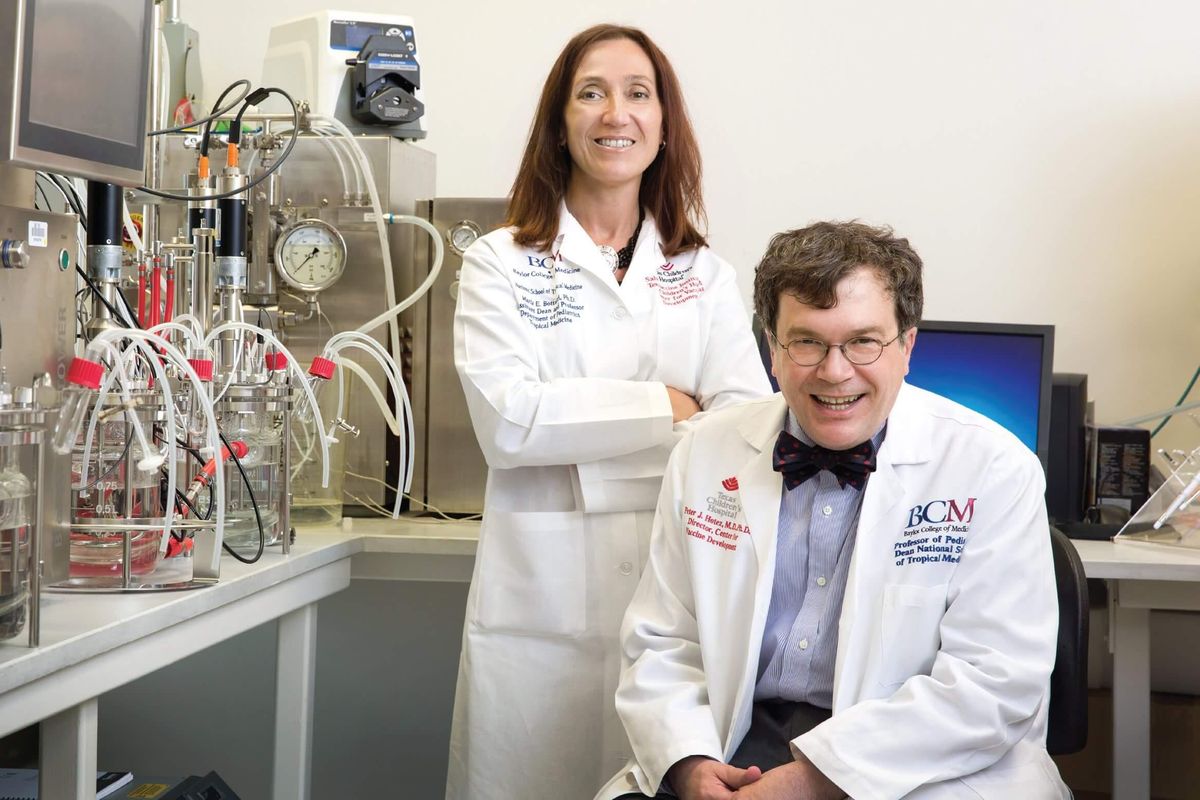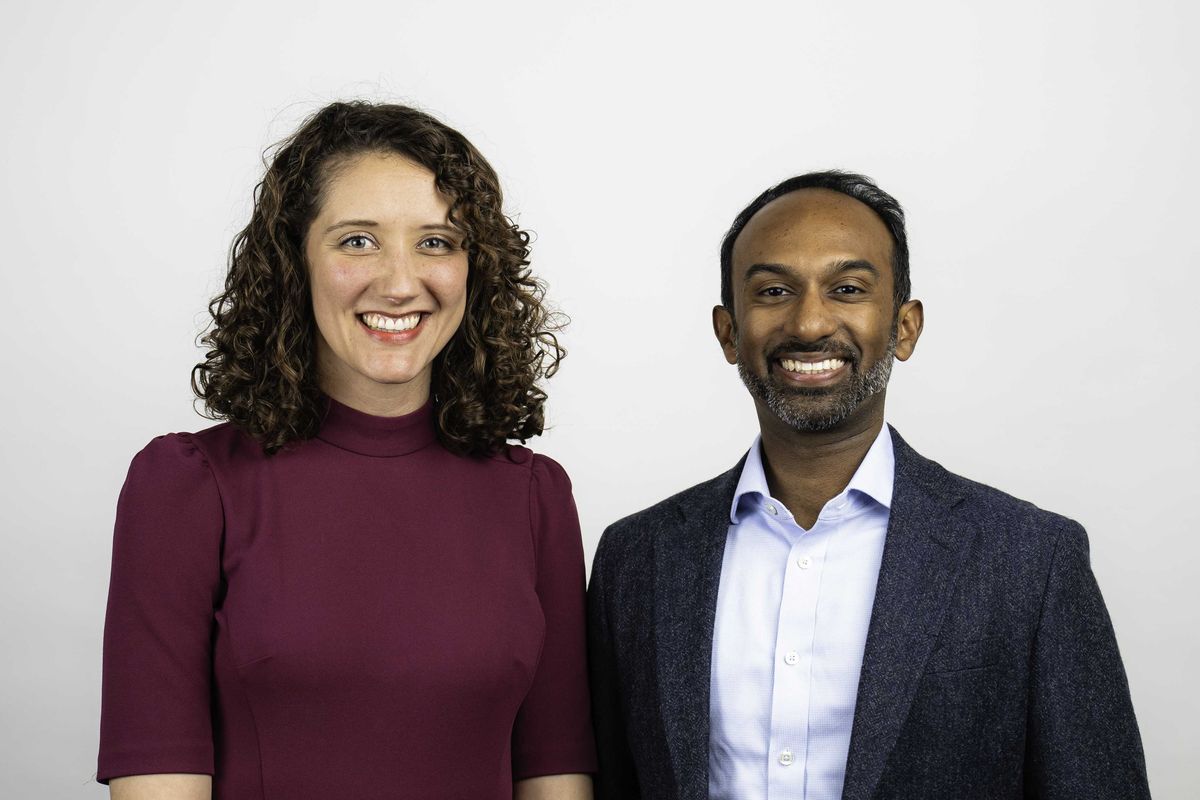Meta agrees to $1.4B settlement with Texas in privacy lawsuit over facial recognition
precedent
Meta has agreed to a $1.4 billion settlement with Texas in a privacy lawsuit over allegations that the tech giant used biometric data of users without their permission, officials said Tuesday.
Texas Attorney General Ken Paxton said the settlement is the largest secured by a single state. In 2021, a judge approved a $650 million settlement with the company, formerly known as Facebook, over similar allegations of users in Illinois.
“This historic settlement demonstrates our commitment to standing up to the world’s biggest technology companies and holding them accountable for breaking the law and violating Texans’ privacy rights,” Paxton, a Republican, said in a statement.
Meta said in a statement: “We are pleased to resolve this matter, and look forward to exploring future opportunities to deepen our business investments in Texas, including potentially developing data centers.”
Filed in 2022, the Texas lawsuit said that Meta was in violation of a state law that prohibits capturing or selling a resident's biometric information, such as their face or fingerprint, without their consent.
“This is by far the biggest state governmental privacy settlement in history,” Chicago-based class action attorney Jay Edelson said in an email. Edelson's firm filed the lawsuit that settled for $650 million with Meta. The only other larger claim is the Federal Trade Commission's $5 billion settlement with the company in 2019.
To date, Meta has now paid over $2 billion in settlements for biometric privacy claims, according to Edelson. “That is a huge signal to other companies that they should be extremely careful if they want to trade in individuals' biometric information,” he said.
The company announced in 2021 that it was shutting down its face-recognition system and delete the faceprints of more than 1 billion people amid growing concerns about the technology and its misuse by governments, police and others.
At the time, more than a third of Facebook’s daily active users had opted in to have their faces recognized by the social network’s system. Facebook introduced facial recognition more than a decade earlier but gradually made it easier to opt out of the feature as it faced scrutiny from courts and regulators.
Facebook in 2019 stopped automatically recognizing people in photos and suggesting people “tag” them, and instead of making that the default, asked users to choose if they wanted to use its facial recognition feature.
Texas filed a similar lawsuit against Google in 2022. Paxton’s lawsuit says the search giant collected millions of biometric identifiers, including voiceprints and records of face geometry, through its products and services like Google Photos, Google Assistant, and Nest Hub Max. That lawsuit is still pending.
The $1.4 billion is unlikely to make a dent in Meta’s business. The Menlo Park, California-based tech made a profit of $12.37 billion in the first three months of this year, Its revenue was $36.46 billion, an increase of 27% from a year earlier. Meta is scheduled to report its second-quarter earnings results on Wednesday.
Meta’s stock slipped $4.06 to $461.65 Tuesday, a decline of less than 1%.

 The new technology is expected to speed up the checkpoint process. Image via fly2houston.com
The new technology is expected to speed up the checkpoint process. Image via fly2houston.com


















